Liang Zhang
age ~70
from Monterey Park, CA
Liang Zhang Phones & Addresses
- 602 Chandler Ave, Monterey Park, CA 91754 • (626)2896570
- 602 N Chandler Ave #1, Monterey Park, CA 91754 • (626)2896570
- La Jolla, CA
Isbn (Books And Publications)

Proceedings of the Twentieth International Cryogenic Engineering Conference (ICEC 20): Beijing, China, 11-14 May 2004
view sourceAuthor
Liang Zhang
ISBN #
0080445594

La Naissance Du Concept De Patrimoine En Chine: XIX-XXe Siecles
view sourceAuthor
Liang Zhang
ISBN #
2862220477
Medicine Doctors

Liang Zhang
view sourceSpecialties:
Anesthesiology
Work:
Covenant Home Center Operating Room
3421 W 9 St FL 2, Waterloo, IA 50702
(319)2728000 (phone), (319)2727313 (fax)
3421 W 9 St FL 2, Waterloo, IA 50702
(319)2728000 (phone), (319)2727313 (fax)
Languages:
English
Description:
Dr. Zhang works in Waterloo, IA and specializes in Anesthesiology. Dr. Zhang is affiliated with Covenant Medical Center.

Liang Zhang
view source
Liang Zhang
view sourceName / Title
Company / Classification
Phones & Addresses
Executive Officer
Hollywood Digital Image Co.
Labor Unions and Similar Labor Organizations
Labor Unions and Similar Labor Organizations
2906 Leticia Dr, City of Industry, CA 91745
President
Golden East Tcm Group Inc
650 W Duarte Rd, Arcadia, CA 91007
President
American Nature Jewelry Group, Inc
Imports Fresh Water Pearls and Exports Industrial Equipment
Imports Fresh Water Pearls and Exports Industrial Equipment
150 N Santa Anita Ave, Arcadia, CA 91006
(626)8210712
(626)8210712
President
J.C.A.E. GROUP, INC
Whol Industrial Equipment
Whol Industrial Equipment
13215 E Penn St, Whittier, CA 90602
(562)9077779
(562)9077779
JACKIE DRAGON LLC
Dlm New Century LLC
500 S Kraemer Blvd, Brea, CA 92821
38 Royal Grv, Irvine, CA 92620
38 Royal Grv, Irvine, CA 92620
RACHEL ZHANG CORPORATION
4245 N Ocean Dr, Fort Lauderdale, FL 33308
La Puente, CA 91747
La Puente, CA 91747
JACKIE MISO, LLC
Us Patents
-
Minimizing Call Drops During A Serving Cell Change
view source -
US Patent:8565188, Oct 22, 2013
-
Filed:Dec 21, 2010
-
Appl. No.:12/974886
-
Inventors:Yun Lin - San Diego CA, US
Bhadarinath B. Manjunath - Carlsbad CA, US
Prashanth Sharma - San Diego CA, US
Liang Zhang - San Diego CA, US -
Assignee:QUALCOMM Incorporated - San Diego CA
-
International Classification:H04W 4/00
H04W 36/00 -
US Classification:370331, 370328, 455436, 455437
-
Abstract:A method for minimizing call drops during a serving cell change is disclosed. A first measurement report message is received from a user equipment (UE) requesting to change an active set of the UE. A second measurement report message is received from the UE indicating a change of a best cell and requesting a change of a serving cell to a target cell. The second measurement report message is processed before the first measurement report message is completely processed.
-
System And Process For Transmission Sequence Number Management In An Intra-Node B Unsynchronized Serving Cell Change
view source -
US Patent:20110317642, Dec 29, 2011
-
Filed:Jun 23, 2011
-
Appl. No.:13/167199
-
Inventors:Srinivasa R. Eravelli - San Diego CA, US
Hailiang Cai - San Diego CA, US
William L. Atkinson - Ontario, CA
Sumanth Govindappa - San Diego CA, US
Sivaram S. Palakodety - San Diego CA, US
Shenoy H. Gurudutt - San Diego CA, US
Liang Zhang - San Diego CA, US -
Assignee:QUALCOMM Incorporated - San Diego CA
-
International Classification:H04W 72/04
-
US Classification:370329
-
Abstract:Various aspects of the disclosure provide an intra-Node B unsynchronized serving cell change enabling the typical loss of packets resulting from such a procedure to be reduced or eliminated. In one example, when a UE ceases listening to a downlink channel from a first cell provided by a Node B and starts to configure its receiver to listen to a downlink channel from a second cell provided by the Node B, a continued incrementing of a sequence number may be stalled in the transmission of packets to the UE. That is, the TSN space may be stalled, such that HARQ retransmissions recur beyond the preconfigured maximum number of retransmissions, until the UE indicates that the serving cell change is complete. In another example, the transmission of packets to the UE from the first cell may be halted until the UE indicates that the serving cell change is complete.
-
System And Method For Reducing Resets During Handovers In A Single Frequency Dual Carrier Wireless Communication System
view source -
US Patent:20120147869, Jun 14, 2012
-
Filed:Dec 8, 2011
-
Appl. No.:13/315244
-
Inventors:Murtuza T. Chhatriwala - San Diego CA, US
Srinivasa R. Eravelli - San Diego CA, US
Hailiang Cai - San Diego CA, US
Sumanth Govindappa - San Diego CA, US
Liang Zhang - San Diego CA, US
Sivaram S. Palakodety - San Diego CA, US -
Assignee:QUALCOMM INCORPORATED - San Diego CA
-
International Classification:H04W 92/00
-
US Classification:370338
-
Abstract:A method, apparatus, and computer program product can provide for procedures at an access terminal for handling the delivery of packets from the MAC entity to the RLC entity, with an aim to reduce the occurrence of RLC resets that might otherwise be caused by out-of-order processing of control packets following a serving cell change. In one example, a MAC entity may insert an identifier into a packet delivered up to the RLC entity, to indicate whether the packet arrived from the current primary serving cell. In another example, a serving cell change procedure may include steps to flush a queue at the MAC entity and kill any running reordering release timers. In these ways potential problems caused by out-of-order control packets can be reduced or avoided.
-
System And Method For Performing A Radio Link Control (Rlc) Reset In A Downlink Multipoint System
view source -
US Patent:20120163315, Jun 28, 2012
-
Filed:Dec 21, 2011
-
Appl. No.:13/333999
-
Inventors:Sumanth Govindappa - San Diego CA, US
Srinivasa R. Eravelli - San Diego CA, US
William L. Atkinson - Markham, CA
Liang Zhang - San Diego CA, US
Hailiang Cai - San Diego CA, US
Danlu Zhang - San Diego CA, US -
Assignee:QUALCOMM Incorporated - San Diego CA
-
International Classification:H04W 72/04
H04W 88/08 -
US Classification:370329, 370328
-
Abstract:A method and apparatus for wireless communication may provide an RLC reset procedure tailored for a multipoint HSDPA system utilizing a plurality of disparate Node Bs to provide an RLC flow from an RNC to a UE. Some aspects of the disclosure provide for a flush request to be provided to each of a plurality of Node Bs utilized as serving cells in the multipoint HSDPA system, so that stale packets are not retained in internal buffers at the Node Bs following the RLC reset procedure. In some examples, the RLC reset procedure is only completed after confirmation that the flush of the internal buffers has been completed. Confirmation may be explicitly provided by each Node B utilizing a backhaul interface, or may be implicitly determined utilizing timers or signaling between the respective Node Bs.
-
Image Processing In An Unmanned Autonomous Vehicle
view source -
US Patent:20190208120, Jul 4, 2019
-
Filed:Sep 23, 2016
-
Appl. No.:16/331912
-
Inventors:- San Diego CA, US
Jiangtao REN - Beijing, CN
Xiaoyi ZHU - Beijing, CN
Liang ZHANG - San Diego CA, US
Ruowei WANG - Beijing, CN -
International Classification:H04N 5/232
B64C 39/02
G06T 3/60
G06T 7/246 -
Abstract:Embodiments include devices and methods for processing an image captured by an image sensor of an unmanned autonomous vehicle (UAV). A processor of the UAV may determine a body coordinate matrix of the UAV. The processor may determine an estimated rotation of the image sensor of the UAV. The processor may determine an estimated rotation of the UAV. The processor may transform an image captured by the image sensor based on the body coordinate matrix, the estimated rotation of the image sensor, and the estimated rotation of the UAV.
-
Adaptive Motion Filtering In An Unmanned Autonomous Vehicle
view source -
US Patent:20190182428, Jun 13, 2019
-
Filed:Feb 24, 2017
-
Appl. No.:16/324308
-
Inventors:- San Diego CA, US
Liang ZHANG - San Diego CA, US
Xiaoyi ZHU - Beijing, CN
Ruowei WANG - Beijing, CN
Jiangtao REN - Beijing, CN -
International Classification:H04N 5/232
B64D 47/08
B64C 39/02 -
Abstract:Embodiments include devices and methods for adaptive image processing in an unmanned autonomous vehicle (UAV). In various embodiments, an image sensor may capture an image, while a processor of the UAV obtains attitude information from one or more attitude sensors. Such information may include the relative attitude of the UAV and changes in attitude. The processor of the UAV may determine a UAV motion mode based, at least in part, on the obtained attitude information. The UAV motion mode may result in the modification of yaw correction parameters. The processor of the UAV may further execute yaw filtering on the image based, at least in part, on the determined motion mode.
-
Adaptive Image Processing In An Unmanned Autonomous Vehicle
view source -
US Patent:20190174063, Jun 6, 2019
-
Filed:Sep 23, 2016
-
Appl. No.:16/324351
-
Inventors:- San Diego CA, US
Liang ZHANG - San Diego CA, US
Xiaoyi ZHU - Beijing CA, US
Ruowei WANG - Beijing, CN
Jiangato REN - Beijing, CN -
International Classification:H04N 5/232
G06T 5/00
B64D 47/08
B64C 39/02 -
Abstract:Embodiments include devices and methods for adaptive image processing in an umnanned autonomous vehicle (UAV). In various embodiments, an image sensor may capture an image. Images may be obtained during motion or hover modes of the UAV. The UAV may determine whether stabilizing a line of the image causes a breach of an image crop margin. That is, the UAV may estimate or begin to adjust image distortion and crop the image, and may evaluate during or after the estimation/adjustment whether an image crop margin is breached by the result. The UAV may reduce stabilizing of the line of the image in response to determining that stabilizing the line of the image causes a breach of the image crop margin.
-
User Interface For Tee Execution Of A Device
view source -
US Patent:20190057212, Feb 21, 2019
-
Filed:Mar 1, 2016
-
Appl. No.:16/080200
-
Inventors:Haijun ZHAO - San Diego CA, US
Jilei HOU - San Diego CA, US
Liang ZHANG - San Diego CA, US
- San Diego CA, US -
International Classification:G06F 21/53
G06Q 20/38
G06Q 20/40 -
Abstract:Aspects of the disclosure are related to a method, apparatus, and system for using display content from a rich operating system (OS) environment as a background image in a trusted user interface (UI), comprising: capturing a display buffer of the rich OS environment; passing the captured display buffer to a Trusted Application; and displaying, with the Trusted Application, the captured display buffer as the background image in the trusted UI, wherein the Trusted Application is executed in a Trusted Execution Environment (TEE).
Lawyers & Attorneys

Liang Zhang - Lawyer
view sourceAddress:
Shulun & Partners (Shanghai) Law Firm
Licenses:
New York - Due to reregister within 30 days of birthday 2011
Education:
Chicago-Kent College of Law, Iit

Liang Zhang - Lawyer
view sourceOffice:
Davis Polk & Wardwell LLP
Specialties:
Tax
ISLN:
1000248654
Admitted:
2017
University:
Lafayette College, B.S., 2013
Law School:
Harvard Law School, J.D., 2016
Resumes

Liang Zhang Daytona Beach, FL
view sourceWork:
SpaceX
Hawthorne, CA
Jan 2013 to Jul 2013
Avionics/Hardware Design Intern Air Force Research Laboratories
Rome, NY
Apr 2012 to Aug 2012
Engineering/Research Analyst Intern dB Control
Fremont, CA
Apr 2009 to Apr 2010
Electronics Technician
Hawthorne, CA
Jan 2013 to Jul 2013
Avionics/Hardware Design Intern Air Force Research Laboratories
Rome, NY
Apr 2012 to Aug 2012
Engineering/Research Analyst Intern dB Control
Fremont, CA
Apr 2009 to Apr 2010
Electronics Technician
Education:
University of California
Irvine, CA
2009
B.S. in Electrical Engineering Embry-Riddle Aeronautical University
Daytona Beach, FL
M.S. in Electrical and Computer Engineering
Irvine, CA
2009
B.S. in Electrical Engineering Embry-Riddle Aeronautical University
Daytona Beach, FL
M.S. in Electrical and Computer Engineering
Myspace
Googleplus
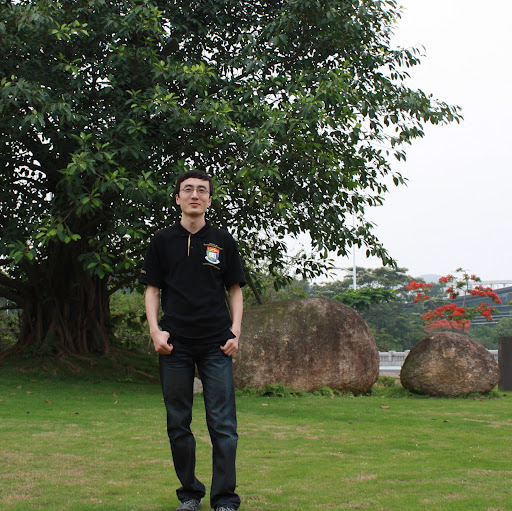
Liang Zhang
Education:
Universiteit van Tilburg, Peking University, Harbin Institute of Technology
Tagline:
I have an attitude and I know how to use it.

Liang Zhang
Education:
Harbin Institute of Technology
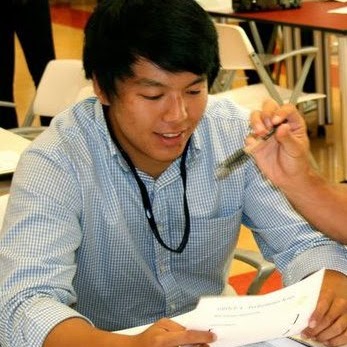
Liang Zhang
Work:
Spun Tech Industry - Summer Intern
Education:
North Carolina State University

Liang Zhang
Lived:
Los Angeles, CA
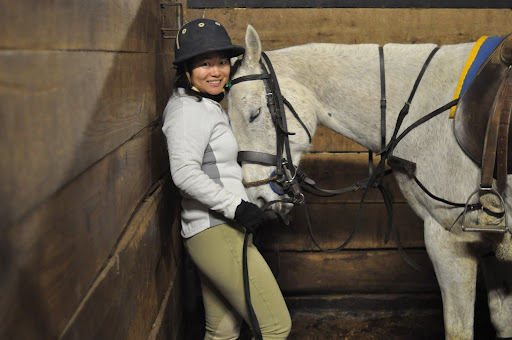
Liang Zhang
Education:
Yale University

Liang Zhang
Education:
Yale University
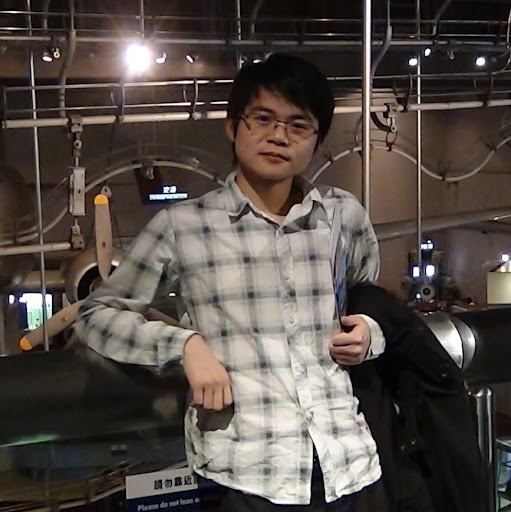
Liang Zhang
Education:
Huazhong University of Science and Technology

Liang Zhang
Flickr
Plaxo

Zhang Liang
view sourceNottingham, UKPast: Nokia Siemens Networks, Siemens Communications, Huawei Technologies, UTStarcom, ...

zhang liang
view sourcehangzhou一个感性的完美主义者
Classmates

Liang Zhang
view sourceSchools:
Albert Enstine High School Wheaton MD 1993-1997
Community:
Frances Hunt, Sonia Carpenter, Stuart Harris, Barry Mitzner

Liang Zhang
view sourceSchools:
Shanghai American School Shanghai China 1998-2000
Community:
David Giedt, Glenda Case, Raazia Bokhari, Eugene Wu

Liang Zhang
view sourceSchools:
Zhejiang University Hangzhou China 1993-1997
Community:
Lisa Chen, Feng Feng, Dongwei Wang, Wu Hai

Liang Zhang (Hongchen)
view sourceSchools:
Beijing Bayi High School Beijing China 1992-1996

Liang Zhang
view sourceSchools:
Cleveland Hill Elementary School Cheektowaga NY 1993-1996
Youtube

Zhang Dg Liang
view source
Dg Liang Zhang
view source
Liang Ivy Zhang
view source
Zhang Liang
view source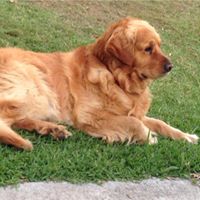
Liang Tom Zhang
view source
Lim Liang Zhang
view source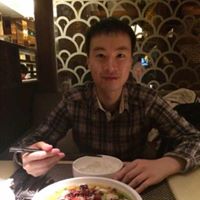
Wen Liang Zhang
view source
Liang Zhang
view sourceGet Report for Liang Zhang from Monterey Park, CA, age ~70














